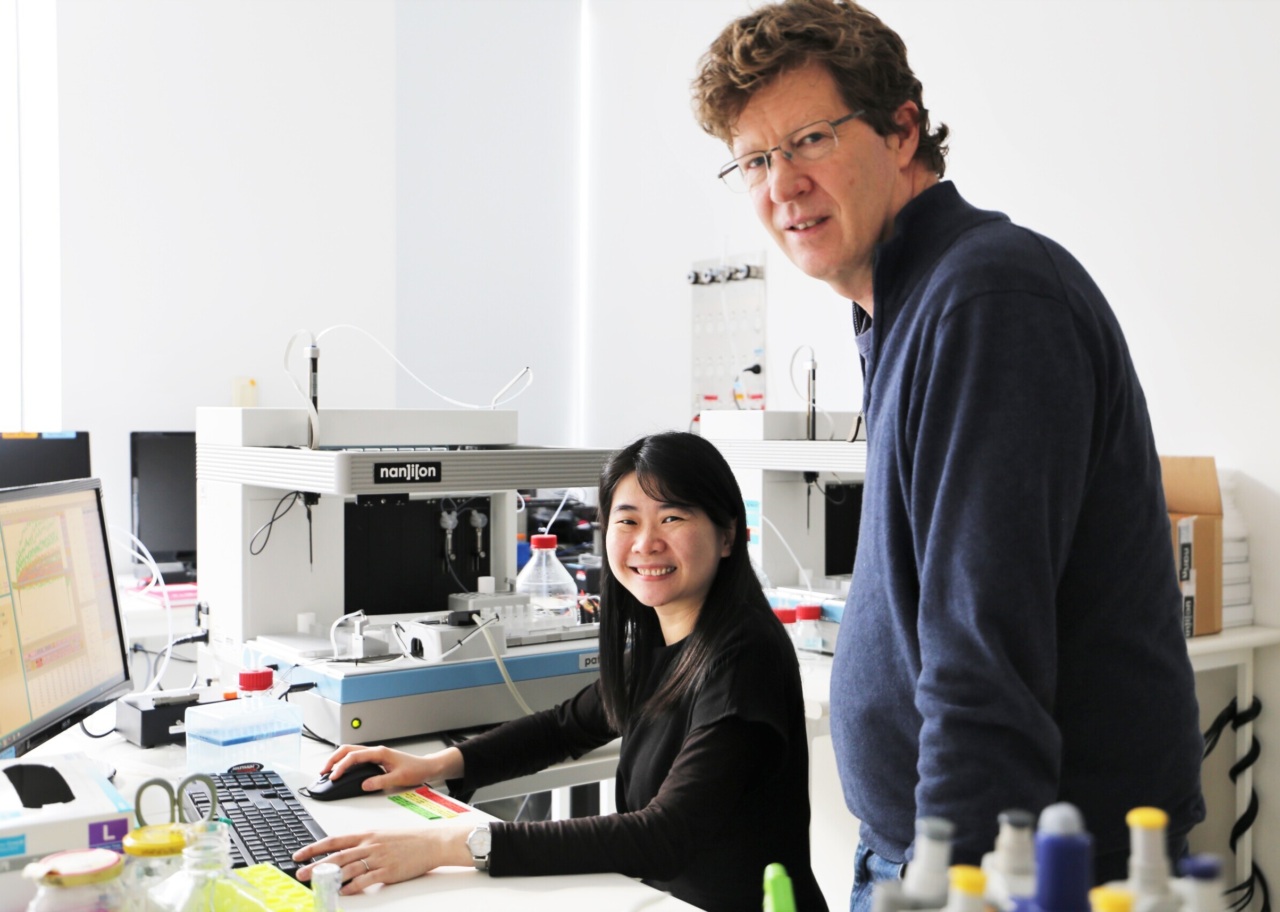New study findings by Florey researchers involving a gene that is understood to play a role in the cardiac dysfunction in SUDEP could lead to the development of novel biomarker to provide an early prediction of risk.
This condition of epilepsy most frequently occurs in young adults with severe uncontrolled seizures. A clear understanding of what causes SUDEP remains elusive for scientists and clinicians, causing difficulties in identifying people who are at risk of experiencing the condition so that preventative measures can be taken.
Professor Chris Reid and Dr Ming Soh are part of a team at the Florey working with clinical and research collaborators to uncover new information about the causes of SUDEP and discover ways to diagnose and manage the condition early on. Their research builds on earlier scientific findings from collaborators of the team who identified a range of genetic changes, also known as gene ‘variants’, that were present in people with epilepsy who had passed away from SUDEP.
In their latest research, the team probed further to understand how variants in one of these genes, called KCNH2, could be implicated in the events leading up to SUDEP. Specifically, the team looked at how these variants affect ion channel function, through which electrical messages flow to regulate heart rhythm. The researchers confirmed that several variants in this gene caused dysfunction in the heart’s ion channels, known as loss-of-function variants.
“We discovered that the loss-of-function KCNH2 variants play a more significant role in SUDEP than previously known. We found that common loss-of-function variants of this gene were expressed three times higher in a cohort who had experienced SUDEP compared to an epilepsy cohort who hadn’t. This increased to 11 times higher for rarer forms of these variants which we found to disrupt ion channel function even more drastically,” said Dr Soh.
“Loss-of-function KCNH2 variants are known to cause an irregular heart rhythm condition and can contribute to an increased risk of heart arrest. We suspect what could be occurring before a SUDEP event is that the interruption of the heart’s electrical activity caused by these variants in KCNH2 gene, combined with the impact of a seizure, may be causing the heart to stop beating,” she explained.
“These findings contribute a new piece to the puzzle in understanding the close connection between cardiac factors that underlie SUDEP. Our findings present loss-of-function variants of the KCNH2 gene as possible predictive biomarkers for SUDEP which could be used therapeutically to identify those at risk of the condition,” said Professor Reid.

Left to right: Dr Ming Soh and Professor Chris Reid
The team is continuing their investigations by analysing how the brain and heart are functioning at the time that SUDEP occurs using electrocardiogram-electroencephalogram (ECG-EEG) mouse models. They hope these models can also be used to trial treatments that may reduce SUDEP risk.
“We hope that the knowledge-base we are building around SUDEP through our functional and animal model studies can lead to the development of genetic screening tools. This could lead to a future where biomarkers could be used in the clinic to improve patient outcomes by informing treatments and effective epilepsy management strategies,” Prof Reid added.
The research was made possible by National Health and Medical Research Council funding and philanthropic support including a grant by CURE Epilepsy. It has been published in the journal of Annals of Clinical and Translational Neurology.
Support and more information about SUDEP is available through CURE Epilepsy and the Epilepsy Foundation.
